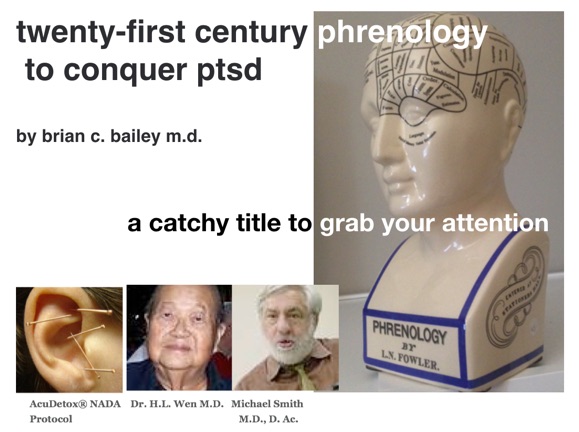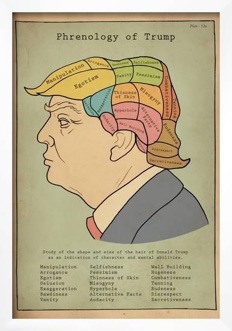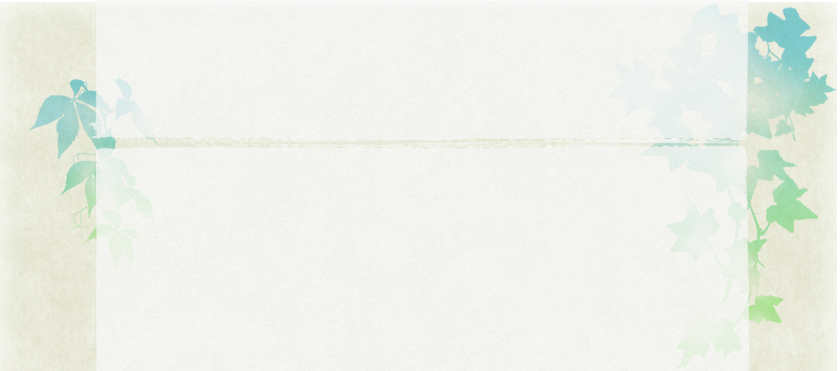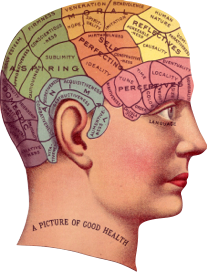
Who are these people, and what is their connection to 19th century phrenology, one of the most cockamamie (but popular) mental health ideas of all time? I’m 77 at writing, born in 1943. My mother was born in 1908. Her mother grew up in the 1890’s, suffering through 2 adolescent sisters dying of tuberculosis. The family’d taken in the children of deceased neighbors from the next farm - also victims of a dread epidemic. In the 1890’s, her grandmother, Maggie, would have, in exasperation uttered “we ought to have our heads read for doing what we did.” The expression was passed on to my mother. I remember her chiding me: “You ought to have your head read,“ Going to visit a phrenologist to “have your head read,” all the rage in the late 1800‘s, as the 20th century dawned would have been seen as good mental health care, much like chucking down Prozac or Paxil today!
“Phrenology was the intellectual rage of 19th century America. Edgar Allan Poe and Walt Whitman each incorporated bits of the popular personality theory into his works, and Herman Melville went so far as to make his most famous narrator, Ishmael, an amateur phrenologist. The essayist Ralph Waldo Emerson was obsessed with the practice, alternating between enthusiasm and fear about phrenology’s deterministic view of the brain and behaviour.
For those who need a quick refresher, phrenology was the theory that an individual’s personality could be “read” from the shape of his skull. The bumps and depressions in the cranium were thought to represent the shape of the brain below, which itself was determined by the volume of the 27 discrete “brain organs.” These brain modules presumably housed such personality traits as cleverness, pride, wit, and affection.
Phrenology is considered pseudoscience today, but it was actually a vast improvement over that era’s prevailing views of personality. For example, phrenology for the first time recognized the brain as the “organ of the mind,” although phrenologists lacked the sophisticated tools of modern neuroscience and could only speculate on the details. Unfortunately, they got the details laughably wrong.” (full article)
Drs. H.L.Wen (who also performed prefrontal lobotomies) Michael O. Smith (who treated substance addiction with ear acupuncture) and Brian C. Bailey variously held that the personality is distributed among certain brain areas, while PTSD specialist, Bessel van der Kolk holds the same.
Experience tells him that treatment of PTSD has to begin with restoring primitive, animal-like brain areas to normal function before anything else (like Cognitive Behaviour Therapy - CBT) can be done. This book is intentionally short, and could be skimmed in two hours by course group members - or studied for years as a student. I designed it to be read with (or without) links to literature articles, videos, follow-ups to my own experience and other lore. It could useful to an erstwhile provider, of either Acudestress or The Citadel. So, don’t print it; read it online so you have the option of examining the linked evidence.
Next there’s an index of the 13 chapters, which don’t necessarily have to be read sequentially.
INDEX: twenty-first century phrenology to combat ptsd
The journey from Chapter One to Chapter Fourteen is a continuous conversation from beginning to end. It could be read in sequence, or you could also just visit the topics which interest you, as each topic area is complete in itself. It could also be read through without visiting any outside links, if one is reading it while being a recipient of AcuDestress or The Citadel, or could be read alongside my training manual for providers of AcuDestress, The Territory Beyond Talk Therapy, which is also (free) online. In the words of Cat Stevens’ from the concluding scene of the classic Harold and Maude - “there’s a million things to be - you know that there are “ and “if you find a new way, you can do it today.”
Chapter One introducing Franz Joseph Gall - a man of crazy and not so crazy ideas, the practice of “having one’s head read,” reading the heads of the substance addicted in the slums of New York City
Chapter Two Phrenology meets the strange case of Phineas Gage, Paul Mac Lean’s Triune Brain, Dr. Bailey’s BLUE-YELLOW-RED Three-coloured brain, the foundational notions of ACuDestress
Chapter Three PTSD (Post Traumatic Stress Disorder) , modern theories of PTSD, the way PRSD is viewed today by a 21st century phrenologist The Body Keeps The Score. Bessel van der Kolk
Chapter Four C-PTSD Dr. Judith Herman, originator of the variation, Complex PTSD, the Aces Study, Bowlby’s Theories of Infant Attachment and subsequent personality Attachment and Personality.
Adult models of unstable attachment as they relate to C-PTSD
Chapter Five Aaron Beck’s Cognitive Behaviour Therapy (CBT) and other forms of talk therapy and its role in treating PTSD, MIchael O. Smith’s Addiction treatment in the slums of New York City, using Bailey's Red, Yellow and Blue Personalities to train subjects in neuroplasticity, The Odd Man Out
Chapter Six No-Talk Therapy, different form that are used today, neuromodulation, Smith’s work catches on in Toronto,. Andres Lozano’s use of stimulating Brodmann Brain Area 25, HeartMath’s emWave 2
Chapter Seven Placebo - is acupuncture a placebo?, introducing Vitaly Napadow, Acupuncture µ-opioid receptor in the brain - the ultimate placebo and the ultimate non-placebo simultaneously, veterinary acupuncture, the Portable Neuromodulation Simulator (PoNS) Silva Mind Control, a simple, uneducated radio repairman teaches his kids how to “think”, Emotional Freedom Technique - acupuncture light
Chapter Eight Acupuncture, Early Adopters, Malcolm Gladwell, the psychic implications of AcuDetox, Intuition, The incredible Lee Pulos, tapping into the right brain
Chapter Nine Hands-on Learning Ropes Course Learning, the Hierarchy of Competence, debriefing after a hands-on learning opportunity, the importance of putting new experience into words
Chapter Ten Flow, the work of Mihaly Csikszentmihalyi, The Citadel, ways of being tin the flow
Chapter Eleven The Citadel, an outflow of Stoic Philosophy, being present, Tapping your way to cure, Silva Mind Control, many possibilities, doing the work on your own, Lynne McTaggart’s Power of Eight.
Chapter Twelve Embodiment - how things we learn about our body’s response to stress, must be accomplished finally by returning to the body, how embodiment can occurs even in a hobby, if one gets “into the flow,” The Body Keeps The Score, how people in recovery seek to do some thing, not just stand there waiting to be rescued, seeing what’s needed by having one’s head read by supercomputers
Chapter Fourteen Self Responsibility The Knights Templar and the DeMolay Society, moving away from blame, the watchtower, the timekeeper, the smoke detector, brain areas that contribute to trauma and also cure OPTSD. The future of mental health diagnosis, creating a schema to empower ones treatment.
Chapter Fifteen AcuDestress follows on the work of Roberto Assagioli, Fritz Perls, Carl Jung, and in the end, the more modern work of Richard Schwartz, whose Internal Family Systems has three sub-personalities paralleling our BLUE, YELLOW and RED Resources or brain layers. Phrenolgy strikes again but this time based on enhancing intuition. .

Would you like to download the whole book?
You may also like to peruse my 2014 book




